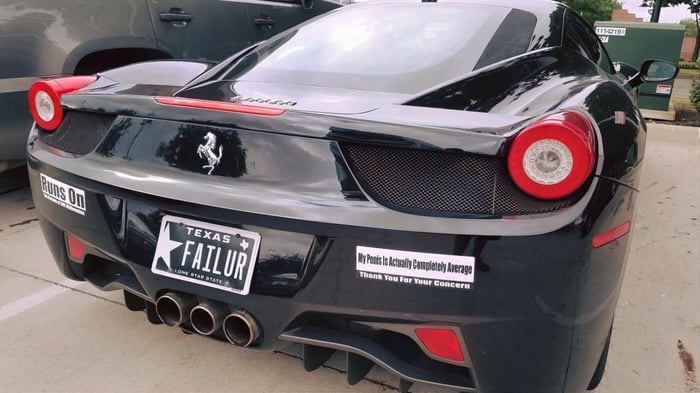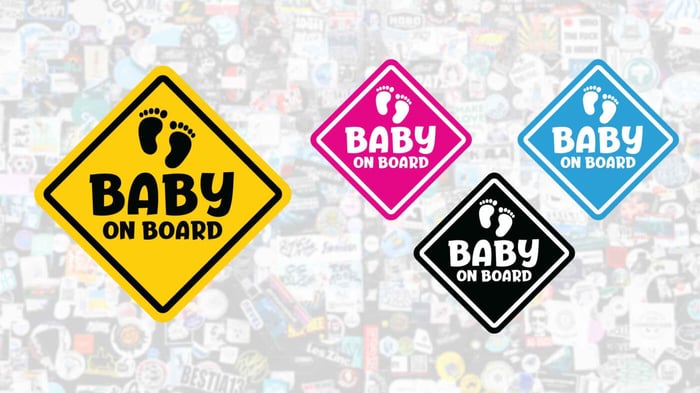BOPP, or Biaxially Oriented Polypropylene, is a type of plastic. The term "biaxially oriented" points to how it's made. The plastic film is stretched in two directions, giving it strength, clarity, and flexibility. Its production involves linking two propylene molecules using a compound named di-(2-propen-1-ol) adipate (DA). This results in a strong thermoplastic polymer chain.
BOPP's creation can be traced back to the 1960s, with companies such as Brückner-Maschinenbau at the forefront. Thanks to its affordability, opacity, and resistance to elements, it quickly gained popularity and is now among the most used plastics globally.
BOPP in Labeling
Ever wondered about the best materials for labels? BOPP stands out. Its top qualities are durability, clarity, and resistance to various elements. BOPP can handle both water-based and solvent-based ink printing. The key? A process called corona treatment. Here, a metal oxide layer is added to the BOPP label, enhancing its printing and sticking ability.
Imagine a material that can resist water, chemicals, and UV rays. That's BOPP for you. Whether you're looking for a clear or opaque label, BOPP has got you covered, especially for products found in moisture-prone areas like kitchens and bathrooms.
Check out our Custom Roll Labels
The Versatility of BOPP
BOPP isn't just about looks. It's practical and adaptable. Compared to other label materials like paper and vinyl, BOPP shines in both food and non-food packaging. Plus, its durability means it lasts longer, especially where shelf life matters.
For a quick comparison: BOPP stands strong against water, oil, and chemicals, while paper doesn't handle moisture well. But if a matte look is what you're after, you might lean towards paper labels, though you may sacrifice some durability. As for vinyl stickers, BOPP is thinner, making it perfect for speedy applications and packaging labels.
Vinyl is better for die cut stickers, and when you want something that is outdoor durable.
BOPP's Eco-friendly Nature
Here's some good news for the environment: BOPP is both recyclable and biodegradable. It's a favorite in food packaging, being safe for foods. Whether it's packaging for coffee, wine, or spices, BOPP is a reliable choice. And its ability to stick well to different containers, coupled with its resistance to water and oil, makes it popular in many industries, from food to cosmetics.
Challenges with BOPP
No material is without its challenges. For BOPP, the main hurdle is printing. Special equipment is needed. But, companies like Custom Stickers make the process easier, catering to both small and large orders with quality materials and tools.
Conclusion & FAQs
In short, BOPP has changed the game in the labeling industry. With its flexibility, toughness, and eco-friendliness, it fits various needs.
FAQs:
- What does BOPP stand for?
- Biaxially Oriented Polypropylene.
- Is BOPP eco-friendly?
- Yes, it's recyclable and biodegradable.
- Can BOPP be used for food items?
- Yes, it's safe for packaging food products.
- Why might BOPP not be a first choice for some?
- Printing on BOPP requires specific equipment.
- How does BOPP fare against paper and vinyl?
- BOPP is tougher than paper and is more flexible than vinyl.






